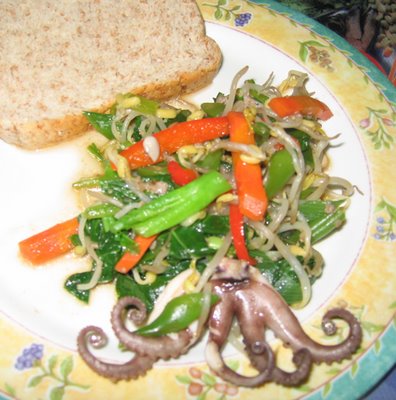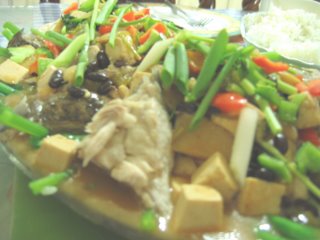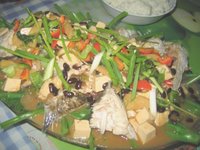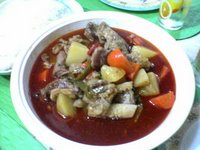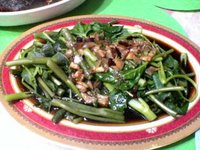
Fibisco Ginger Snaps. My all-time favorite. The day we first met in the UP Coop, Ginger Snaps cost me P18.00. From thence it has become a staple feature of my study table (well, next to the study lamp, of course) and has seen action in many dorm night studying and chattering. :)
After that love affair in college, Ginger Snaps and I went our separate ways. We did see each other in the snack aisle from time to time, but my kids wanted Oreo and Chips Ahoy and so I passed up many occasions to reconnect.
Then I noticed Ginger Snaps went 'missing' from supermarkets for a long while, and found myself actually wishing we could see each other again. So then imagine my delight when, on a chance drop-in in a hospital cafeteria (to buy a bottle of water) there it was, sitting on the shelf and gloriously calling my name. I lost no time and shelled out P40.00, almost ripped the wrapper open and took one golden brown cookie. :)
Why do I like it?
This, according to the package:
Dip it, dunk it or simply bite into it. Fibisco Ginger Snaps will surely make tea time, milk time or coffee breaks something to look forward to. Discover many ways of enjoying this classic biscuit made from an interesting blend of flavorful ingredients -- enriched wheat flour, syrup, oil of lemon, refined cane sugar and of course, ground ginger! For the gourmet in you -- Fibisco Ginger Snaps.
Plus this, according to me:
It's not as sweet (and I presume, not as fattening) as chocolate chip cookies; not as predictable as butter cookies; and definitely not as soft and crumbly as oatmeal raisin. In other words, it's in a class all its own. :)
One weekend I excitedly brought it home to share with mom as we watched TV. She took one cookie and attempted to take a bite, but the cookie 'fought back,' and she said, "Kaya pala Ginger Snaps ang tawag diyan...magsa-snap ang ipin mo sa tigas!"
Hehehe. It really would help if you soften the cookie first by dunking it in coffee, tea or juice. Back then I enjoyed it always with a glass of Tang.
Or you can nibble on the edges and let the delightful interplay of flavors from the cookie play with the tip of your tongue as the cookie slowly softens and deliciously yields to your bite. :)
